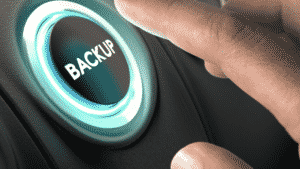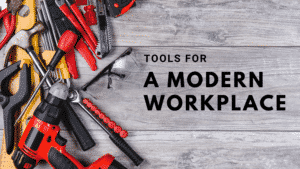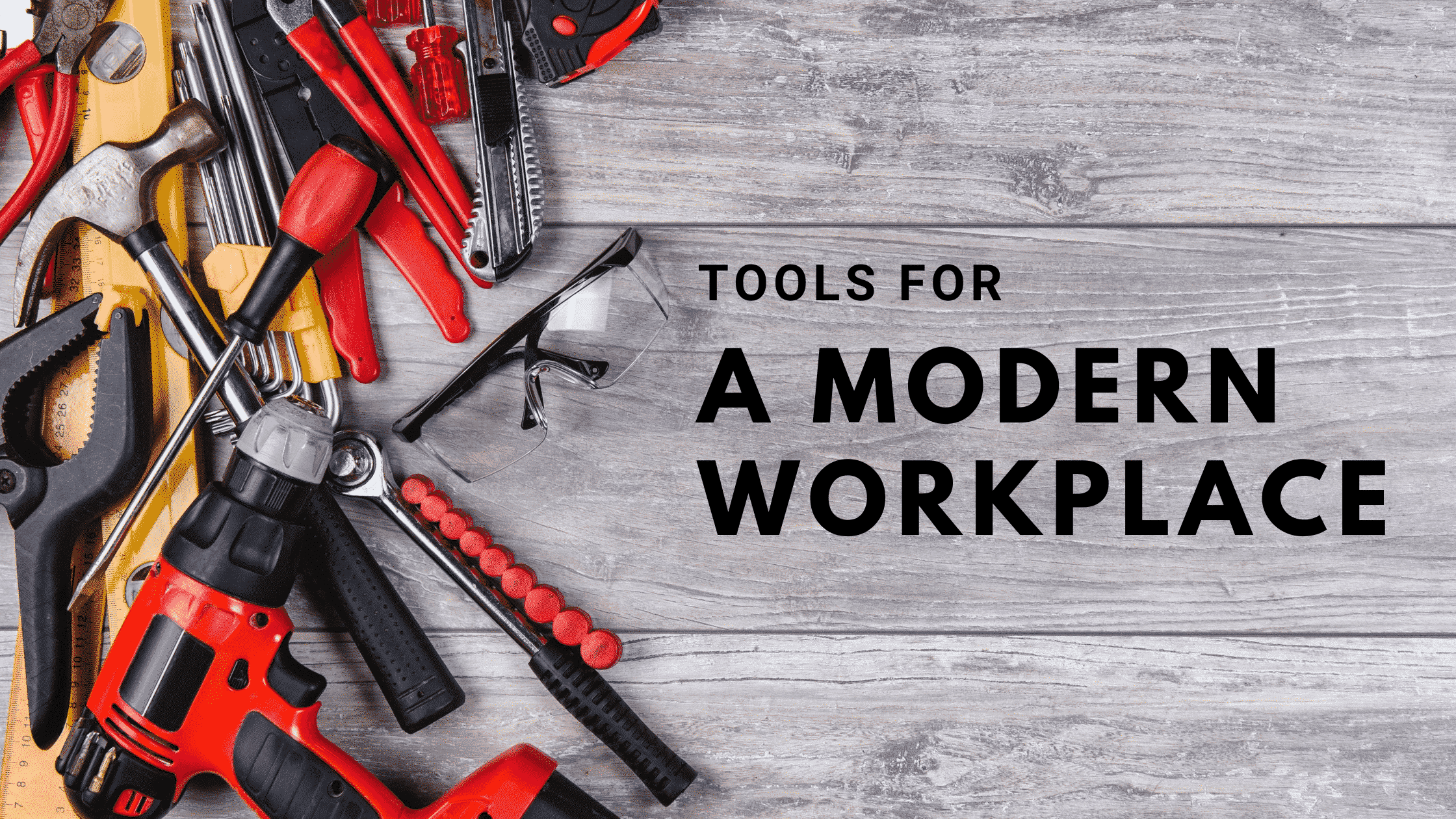According to Pew Research Center, more than one in three Americans in the workforce are Millennials—making them the largest generation currently in the U.S. labor force. Furthermore, a survey by American Express found that 75% of these Millennial workers believe their work environment should be “flexible and fluid” and their employers should “not enforce a rigid structure on employees.”
The rise of Millennials in the workforce and their changing preferences has made many modern companies restructure themselves to include remote work policies. While this gives Millennials more of the freedom and flexibility they’re looking for, it can present unique challenges to the leaders trying to manage them.
So, how can you effectively manage Millennial workers in a way that keeps them productive, engaged, and satisfied? Here are a few of our top tips for managing remote employees in the Millennial generation.
1. Clearly Outline Expectations for Your Remote Millennial Workers
Because remote work is less structured than working in a traditional office setting, clearly outlining your expectations is crucial when it comes to managing remote employees. Since you won’t be able to see when they arrive at the office and leave for the day or walk behind their desk to look at what’s on their computer screen, you need to have confidence that your remote employees know what they should be doing—and are actually doing it.
So, if you’re wondering how to develop trust when managing remote workers, being upfront about your expectations (then actually following through to ensure they’ve been met) is a major key to success. Make the following clear for each member on your team of remote Millennial workers:
- Your company’s mission, vision, values, and policies
- Each employee’s specific job role, daily tasks, and responsibilities
- The key performance indicators (KPIs) that will be used to measure their performance
- Which tasks or projects they own, and which they will be supporting or contributing to
- The expected number of working hours per day and week
- Future goals, whether they’re on a monthly, quarterly, or yearly timeline
- Communication cadence: how often communication needs to happen, and on what platforms that communication will take place
- Any tools, technologies, business apps, and resources they need to use to complete their work
- Who to contact for help, support, or questions—and when they should be contacted
- Management availability: when, where, and how they can reach their direct managers and other company leadership
- Team availability: when, where, and how they can reach their coworkers, both those in the office and other remote workers
2. Provide Your Remote Millennial Workers With Opportunities for Growth
Millennial workers tend to be motivated by opportunities for personal and professional development and career growth. They want to be challenged and are always looking for ways to learn more, develop new skills, and move up in their careers. In fact, 63% of Millennials look for jobs at learning organizations with access to training, workshops, and company-funded postgraduate schooling.
Providing these opportunities for learning and growth doesn’t just help you attract Millennial talent to your company—it will help you retain them, too. The proof is in the numbers: 67% of Millennials say that if their job lacks growth opportunities and avenues for leadership development, they would leave that position.
So, when managing remote employees in the Millennial generation, make sure you’re providing them with learning opportunities and keeping the conversation open about career growth. This can be done by sending your remote Millennial workers online resources (such as eBooks, webinars, or podcasts) or having them complete digital certifications and/or online courses to further their skills. You should also be holding regular meetings and performance reviews (whether quarterly, semi-annually, or annually) to discuss what benchmarks need to be met for each employee to get to their next promotion or raise.
3. Remember to Consistently Connect When Managing Remote Employees
Millennials crave deep human connections, both in their personal lives and at work. In fact, more than 70% of Millennial workers say they want the people they work with to function as a sort of second family.
One of the biggest tips for managing remote employees is to ensure you’re giving them that connection they’re looking for. Seeing as 19% of remote workers cite loneliness as the biggest struggle of working remotely and 17% say its a lack of collaboration and communication amongst their coworkers, this is incredibly important.
When working with Millennials, especially remote ones, it’s essential that you’re connecting consistently. Without regular check-ins and conversations, you’ll be left with an isolated team that feels disconnected from leadership, their coworkers, and your organization as a whole.
To combat this, schedule regular recurring meetings that both you and your employees can rely on. Having meetings at the same time helps create a routine amidst the flexibility of remote work policies.
Make these check-ins conversational. While it’s important to go over projects or task updates, don’t forget to also ask about how they’re feeling, what they’re up to today, plans for the weekend, etc. This will help to build rapport and keep communication open.
4. Communicate Through the Proper Digital Channels Designed for Remote Work
While it’s important that you’re consistently connecting with your remote Millennial workers, the key is to be connecting with them through the right channels. Millennial professionals don’t want to be micromanaged—especially those that have chosen to work remotely in search of more freedom and flexibility.
Luckily, technology and business collaboration tools have made it easier than ever to collaborate and communicate with your remote Millennial teams in ways that align with their modern working style. So, when managing remote employees, follow this quick guide for when to use various digital communication channels:
- Email. Emails should be used for exchanging objective, brief information. You don’t need to send an email for every little thing—if it’s something short and quick, send a chat message instead. If it’s a longer conversation with information that could be misinterpreted, pick up the phone or hop on a video chat.
- Instant messaging. Chat tools such as Slack or Microsoft Teams are ideal when you need a quick, real-time response. The tools can also be used as a place to share announcements, create channels for team conversations, and socialize informally—helping your remote Millennial workers feel more connected with their virtual teams.
- Video. Any long, difficult, or potentially emotional conversations should be held face-to-face. Through a video conference, you’ll be able to pick up on body language cues and have a more clear, productive conversation without the risk that something important will get lost in translation.
- Phone. Hop on a phone call to efficiently discuss tasks or answer questions about a project that could be unclear in writing. Plus, it’s much simpler and less time-consuming than sending multiple questions and answers back and forth through an email or instant message chain.
When it comes to managing remote Millennial workers, it’s key to keep their unique preferences and working styles in mind, then align your management techniques to meet those needs! By following these tips for managing remote employees and utilizing the right business communication tools, you’ll have a team of highly productive and satisfied remote Millennial workers.
At Protected Trust, we’re here to provide the tools your modern employees and virtual teams need to reach their greatest potential no matter where they’re working from. We believe this is done through a modern workplace built on an ecosystem of Microsoft Teams and the Microsoft 365 platform.
Are you ready to transform the way you do business and your remote employees work through Microsoft’s family of devices and software? Reach out to one of our team members today.
{{cta(‘96195129-4483-4690-9ce2-dd238c4c9060’)}}









